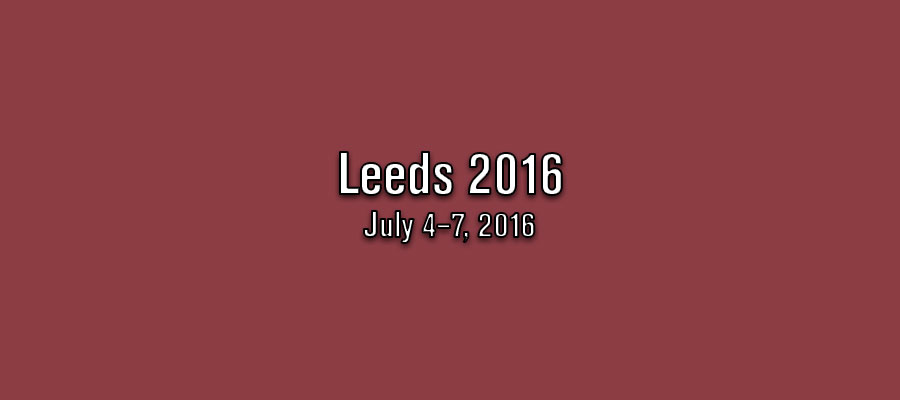Debating Relics. Reflections on Relics in the Middle Ages and Problems of Methodology, Session at Session at 23rd International Medieval Congress, Leeds, July 4–7, 2016
This strand of sessions, emanating from the research (NWO-Vidi) project Mind over Matter. Debates about relics as sacred objects c. 350–c.1150, deals with debates about relics and the ways modern scholars can get access to these debates. On the basis of the enormous corpus of hagiographical texts and the magnificent buildings, inscriptions, liturgical celebrations and art created in the saints’ honour, the medieval cult of the saints seems omnipresent, self-evident and uncontested; a phenomenon that came naturally to (illiterate) medieval Christians. But was this really the case?
Our hypothesis is that relics as sacred matter were under discussion and that people worried long before the Reformation about how the divine interacts with the material world. We would like to take the opportunity of this strand of sessions to explore this hypothesis, while also taking into account the methodological problems that students of relic cults encounter during their research. How were relics perceived in the medieval period? How did they ‘work’ according to medieval believers? What language, metaphors, images and objects were used to represent relics and disclose or question their meaning? How did reflections on relics relate to reflections on other sacred objects, such as icons and the Eucharist? How did attitudes towards relics change over time?
We define ‘debate’ broadly; we do not understand it as an intellectual exchange between only a few scholars, or as a one-sided attempt on their part to civilise an unruly ‘popular’ religion, but as a dialogue between the elite and the localities, between theory and practice (if such a distinction is useful), that involved all layers of society and different kinds of media, including the physical setting of cults sites, their inscriptions, images and materiality.
We propose the following three questions as a starting point for what we hope will be three sessions:
- Relics and writing: What did the act of writing do for relics?
- Relics and narrative text: What did topoi do for relics?
- Relics and ideas: What did theology do for relics?
Organizers
Janneke Raaijmakers
Elisa Pallottini
Jelle Visser
